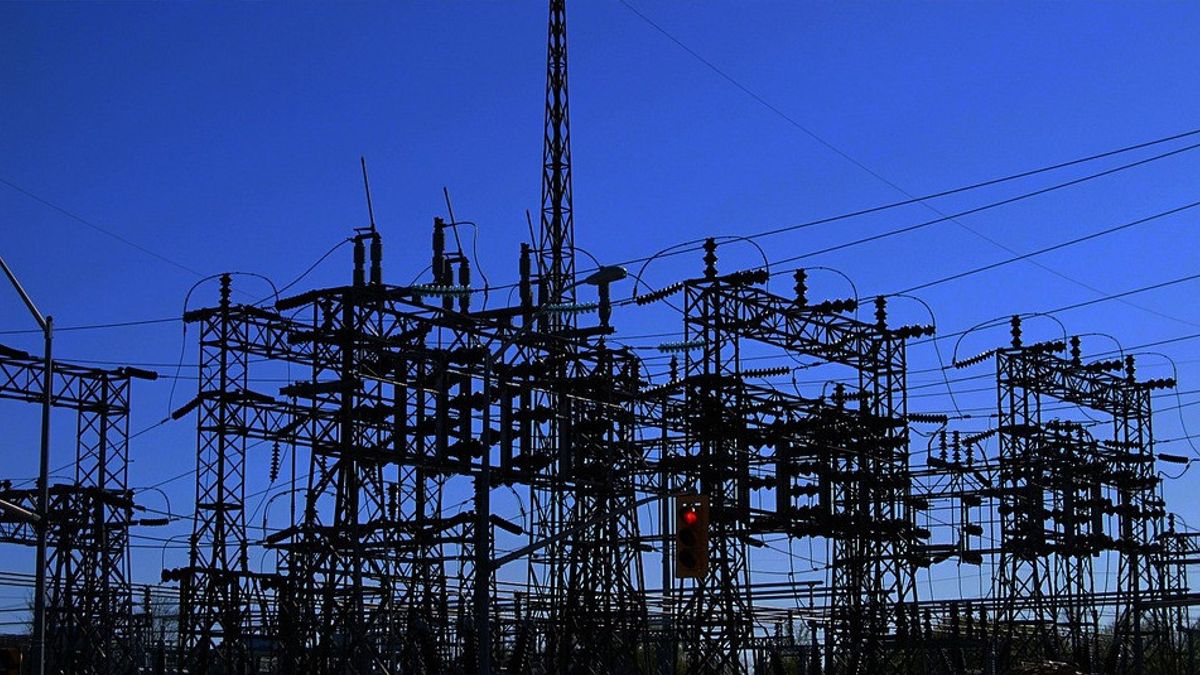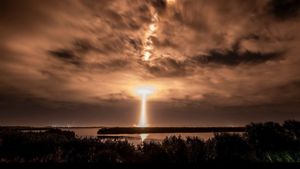JAKARTA - The adoption of electric vehicles and the rise of cryptocurrency mining pose new challenges for power or energy reliability in the US in the coming years. This was disclosed by the North American Electric Reliability Corporation (NECR) on Thursday, December 15.
According to NERC in its report, more EVs, driven by US government policies such as the US Inflation Reduction Act, and energy-intensive bitcoin mining will add demand to the country's fragile power grid. Meanwhile power plant shutdowns outpaced replacement of new capacity and bad weather intensified.
"These new uses for electricity can significantly change the nature of how the system will operate and what it must be able to provide," said Mark Olson, manager of reliability assessment at NERC, which is responsible for U.S. grid reliability. as quoted by Reuters.
Citing estimates from the California Energy Commission, NERC said the electrical load of plug-in EVs by 2030 could lead to an increase in demand of 5,500 megawatts by midnight and a demand of 4,600 megawatts by 10 a.m. on a typical weekday, a jump of 25% and 20 %, respectively, compared to the current level.
“The growth potential of cryptocurrency miners, who use supercomputers to power their operations, could also "significantly impact demand and resource projections," said NERC.
Earlier this month, the Texas Electrical Reliability Board announced a voluntary shutdown program for customers, including bitcoin mining facilities, to reduce power during periods of peak demand.
According to NERC, non-EV energy transition measures, which are heavily dependent on the electrification of businesses and residences, will also add to grid pressure. The increase occurred as the closure of coal, nuclear and natural gas power plants exceeded the replacement of new power plant capacity.
SEE ALSO:
"More than 88 gigawatts of fossil fuel and nuclear generating capacity will be retired by 2027, with a further 22 gigawatts likely to be cut," NERC said.
According to NERC, shifting resources away from traditional energy sources without rapid generational replacement, including energy from renewables such as wind and solar, has left large parts of the country vulnerable to power outages.
Independent System Operator Midcontinent's power reserve deficit has increased in a year since NERC's last report, and the Midwest now faces a capacity shortfall of 1,300 megawatts for the summer.
“California and the Midwest are at high risk of power shortages from 2023 to 2027,” NERC said, while Southwest, Northwest, Texas and New England have sufficient energy and capacity for normal times but face shortages in severe conditions.
The English, Chinese, Japanese, Arabic, and French versions are automatically generated by the AI. So there may still be inaccuracies in translating, please always see Indonesian as our main language. (system supported by DigitalSiber.id)


















